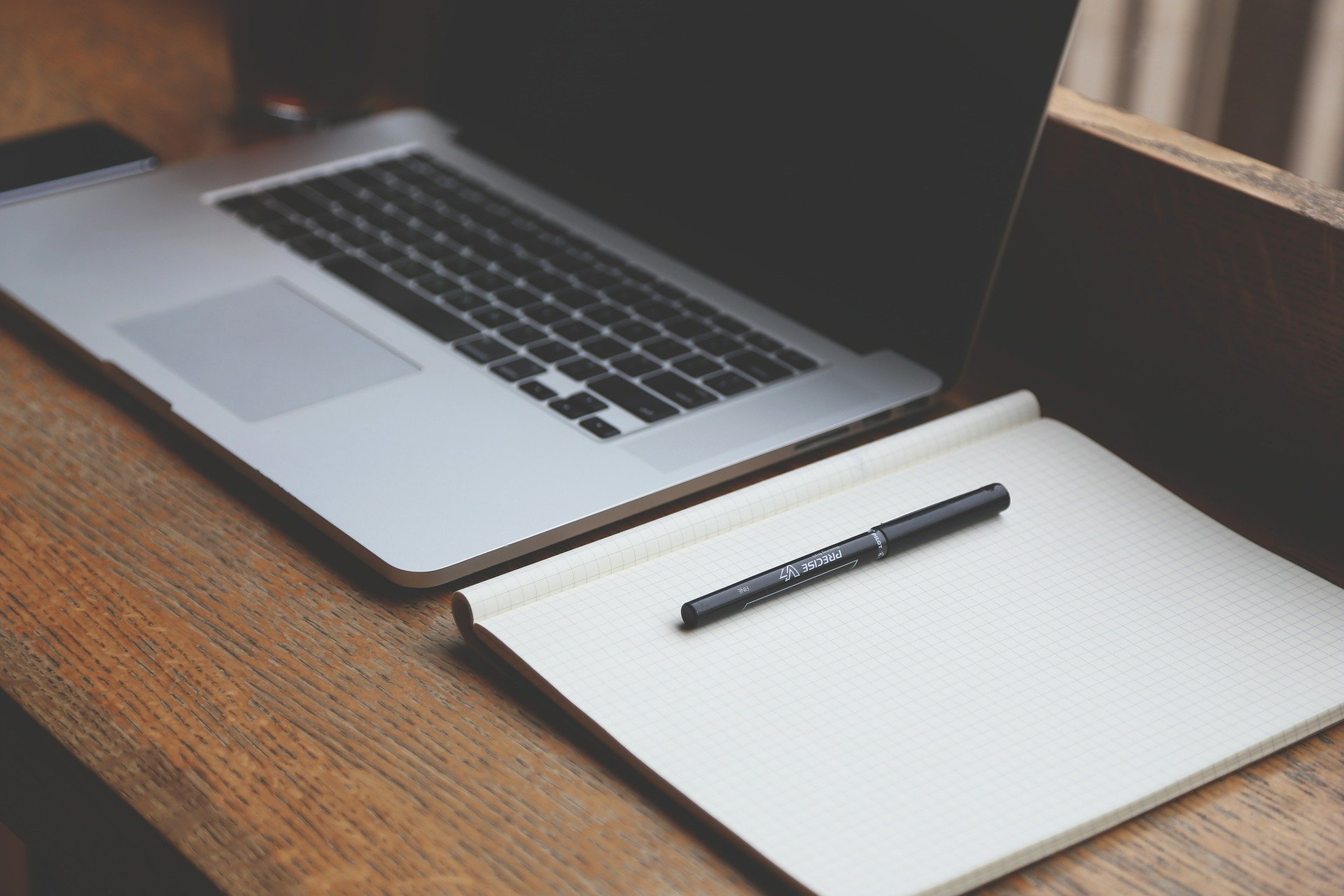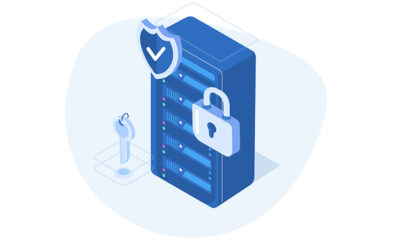Working in events or marketing, you’ll be quite familiar with this: Ding! – Yet another wave of e-mail has flooded your inbox and is about to drag you further away from your work! Feeling like this is out of your hands? On the contrary!
According to well informed sources, the death of e-mail as we know it is imminent. Frankly, I’m sure I’m not the only one who feels differently. The e-mail zombie is very much alive and kicking.
There are upsides, of course. E-mail is one of the most powerful marketing tools, not just for event, congress or marketing managers. And this is true in spite of social media and the online revolution.
An up-to-date distribution list is an indispensable tool for delegate marketing. It is direct and personal, with great conversion rates. Congress managers know that their registrations will increase each time a newsletter has been sent out.
It is a love-hate relationship with good old e-mail…
If only you wouldn’t drown in e-mails every now and then! The future doesn’t look bright, either: in fact, Radicati Group from Palo Alto estimates the DAILY volume of business e-mails to exceed 112 billion, which is expected to increase by 3% p.a. by 2019!
So what can you do to organize yourself better and tackle time-wasting e-mails?
Writing e-mails is not work!
Some might think that by writing 30 e-mails a day, they have accomplished a fair amount of their work. Not true! There are a lot of processes where e-mail is not the medium of choice. E-mail communication often leads to misunderstandings. Brevity entails mistakes, processes take longer, productivity declines.
Think twice the next time you’re about to write an e-mail: Wouldn’t a call be more efficient? This applies in particular to creative processes typical for event and marketing managers.
Time management: Act, don’t just react
Don’t let yourself be driven by e-mail. Being a slave to your inbox leads to losing sight of priorities. Allow yourself some e-mail free time in the morning to note down the to dos for the day.
Switch off automatic e-mail notifications, and allocate time slots to check your inbox proactively. This will enable you to remain in the driving seat and not get lost in the e-mail tsunami.
What are your core responsibilities?
Always bear these in mind and deprioritize messages that have nothing to do with your core work. It helps a lot to install color-coded folders to store your messages in, e.g. sorted by project, supplier, customer group.
At Converve, we use tools like Podio https://podio.com/site („ building the right bridges between your inbox and your collaborative work platform”), allowing us to share important messages automatically with co-workers and clients. Messages are all in one place, allocated to the right projects and tasks.
Subscriptions tend to pile up during the course of time. True, there are some great e-mail newsletters that help you to keep up to date.
Just to name a few: The Content Marketing Institute’s daily or weekly
updates, or the fantastic weekly newsletter for event profs edited by
Julius Solaris / Eventmanagerblog.
However, from time to time you
should have a look on the newsletters you are subscribed to: Do you
really use them or is it time to unsubscribe?
Avoid cc-terror!
Do you read all e-mails where you have been cc’ed? It is an illusion to think you could bring everyone on the project team or your superiors up to speed just by cc-ing them. No superior or project manager will be able to follow all cc-e-mails, and quite frankly, this is not their job.
Preferably, important information should be communicated in defined reports (e.g. as commented summaries or via updates in your project management software), not via long, drawn-out e-mail threads.
When would e-mail communication be your weapon of choice?
In spite of all the negative aspects of the e-mail tsunami, there are situations where electronic mail is a good choice.
For
example, e-mail is appropriate for standard procedures. The more you
refer to simple facts, the less you refer to actual persons, the more
speaks in favor of e-mail.
On the other hand side, e-mail will not help if
• subjects revolve around people, the project team and/or it’s interaction
• topics are too complex or in need of further explanation
• decision are to be taken that need discussion.
In such cases, personal conversations or short meetings are definitely preferable.
Tackling the e-mail tsunami with routines
There is no shortage of literature and manuals on time and e-mail management. Still, hectic day-to-day business often times causes your inbox to overflow.
Just as with handling social media at a business level, it helps a lot to define and follow e-mail routines.
These books will give you some inspiration (most of them are available for e-readers, too):
1. “You’ve Got (Too Much) Mail! 38 Do’s and Don’ts to Tame Your Inbox”
2. “Never Check E-Mail In the Morning: And Other Unexpected Strategies for Making Your Work Life Work“
3. “Control your day: A new approach to e-mail Management Using Microsoft Outlook and Getting Things Done”
These
are some of the winning recipes for overcoming the daily battle against
the e-mail flood – and to generally managing your time better!





